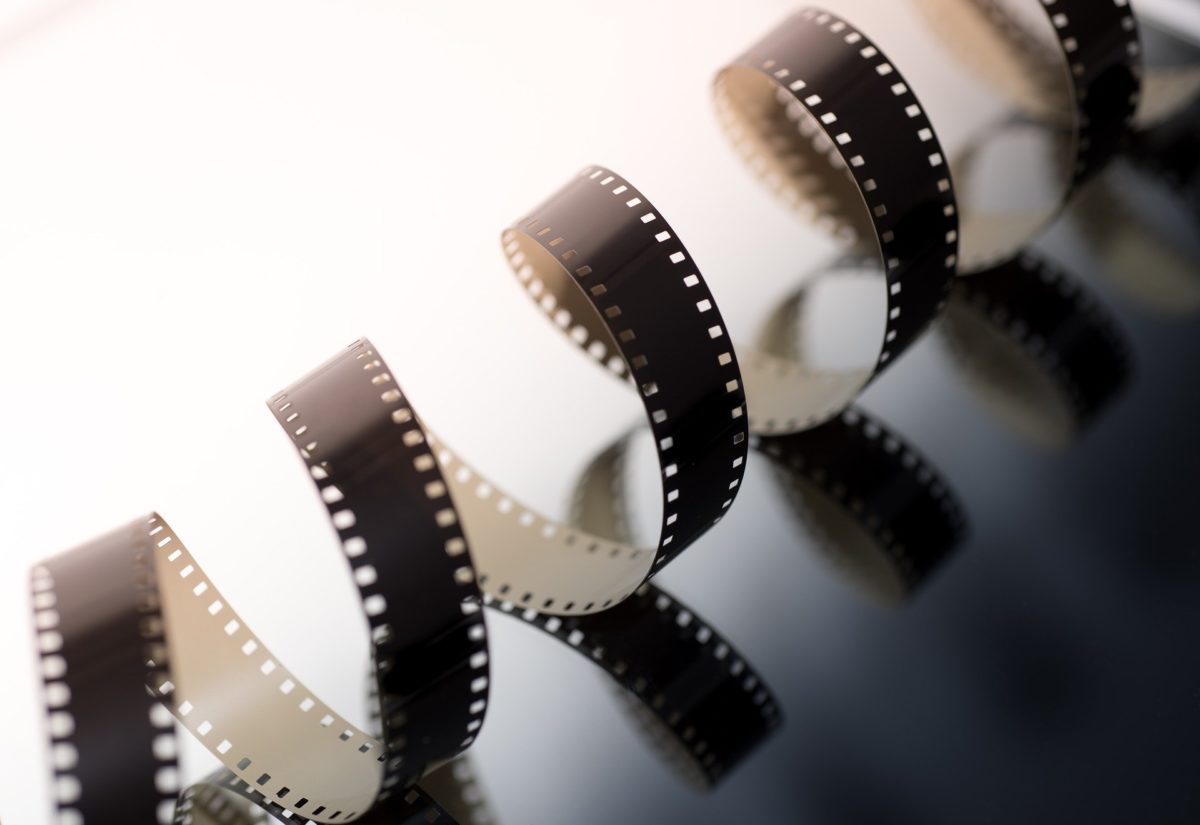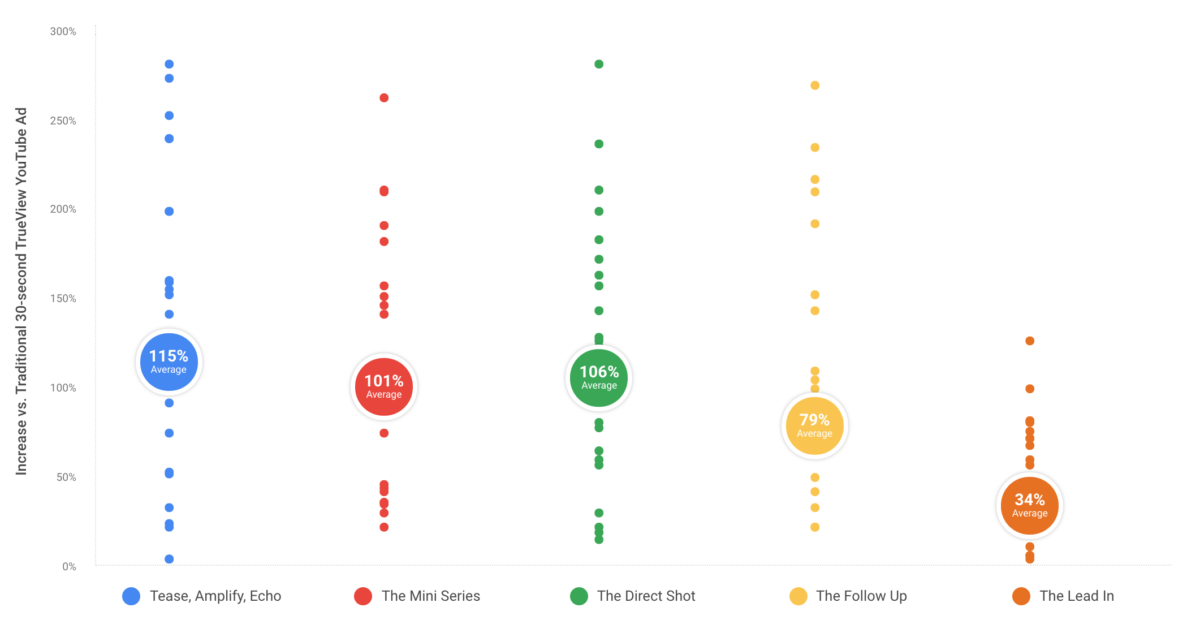 •
•
Does Gen Z remember what life was like before we had the power to watch any video from anywhere in the world, at any time? Probably not. And that’s one of many reasons YouTube is such a force in advertising to not just to that demographic, but Millennials as well.

From the introduction of YouTube ads in 2009 to the rise and fall of prominent vloggers, these groups have had a front-row seat to all of YouTube’s evolutions since its inception. As the platform evolved throughout the decade, so did users’ viewing habits. For example, short-form videos were all the rage at one point, but a few months later, hour-long videos were topping the YouTube trending chart.
While it’s imperative for content creators to keep tabs on what makes their subscribers tick, it’s just as important for advertisers to study how their audiences are responding to YouTube’s ever-changing platform.
One of the most compelling advertising opportunities that YouTube has developed in recent years is a tactic called Video Ad Sequencing. This method serves a string of ads in a particular sequence, over a specific period of time, that is designated by the advertiser. The goal is to tell a narrative across a consumer’s journey as opposed to serving the same 30-second ad to them over and over again. A sequence is made up of anywhere between two and five ads of varying lengths. While Google has complied a few recommended sequences that advertisers can use as a starting point, experimentation is encouraged.

According to Google, this method was conceived from the notion that the traditional 30-second spot no longer aligns with today’s viewing behaviors.
YouTube isn’t just another streaming platform like Hulu or Netflix where 30-second spots are the norm. In addition to effortlessly switching between channels and devices in a matter of seconds, users have the ability to participate in YouTube’s deeply engaging and interactive community. In fact, YouTube is so unique in this way that most marketing professionals are officially categorizing it as another social media platform.
As such, it makes sense that advertisers must look at the platform through a different lens.
A study conducted by Google revealed that ad recall increased by 74% with the sequencing method when compared to the traditional 30-second YouTube ad. That’s a notable jump, especially considering that sequencing is also a budget-friendly tactic to incorporate into your media strategy. Yep, you read that correctly: as glamorous as sequencing sounds, it’s an incredibly cost-efficient way to spend your advertising dollars online.

Plus, it’s just as trackable as any other digital advertising tactic. We’re able to dig into metrics such as placements (which YouTube channels the ads appeared on), the most popular dayparts for our ads, the percentage of users who watched an ad in its entirety, the interests and behaviors of our audience, and more.
Sequencing allows you to experiment with narratives, get creative with your existing video assets, and even use machine learning to ensure that the campaign is fully optimized at all times.

So, whether you’re looking to improve brand awareness, ad recall, purchase intent, or even if you have another goal in mind … there’s a sequence for that.
 About The Author
About The Author
Jane uses her creative energy and strategic mind to create and integrate comprehensive media plans for ABC clients. She’s always looking for the edge when it comes to our creative, whether that’s deploying tried-and-true media or experimenting with something new.
On the nerdier side of things, Jane can research keywords and break down analytics with the best of ’em. She brings a bachelor of science in new media marketing and a double minor in advertising/public relations and international business from RIT to ABC.